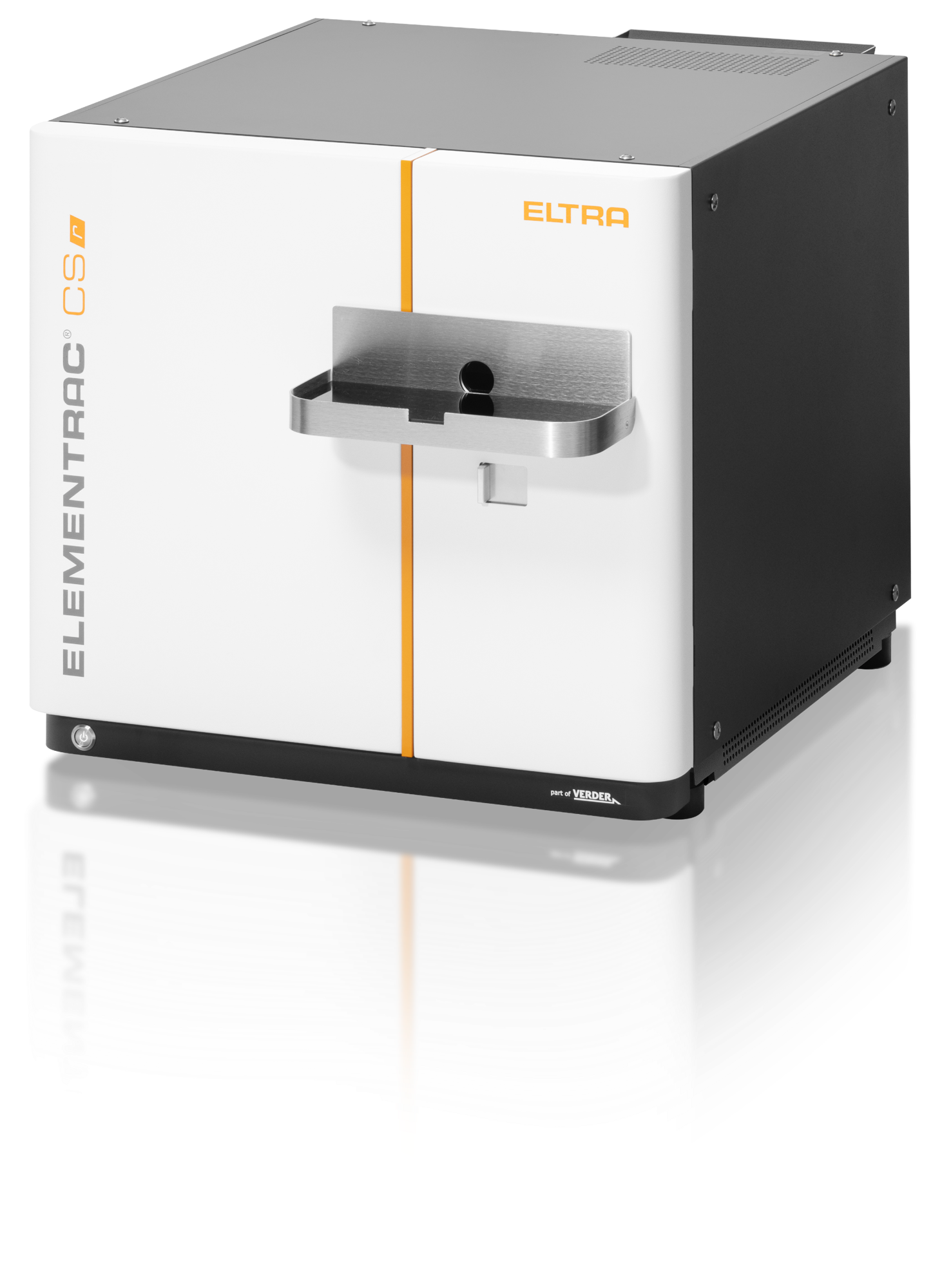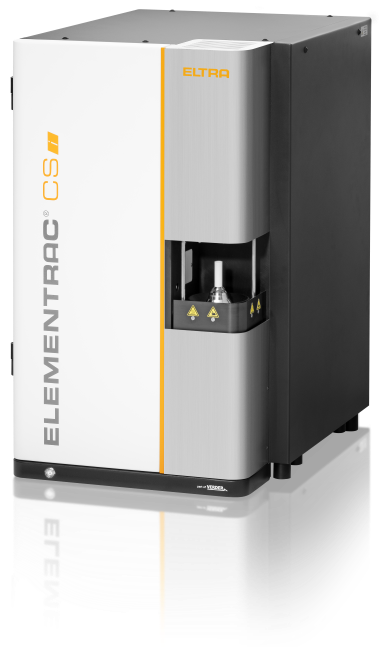Sponsored by ELTRA GmbHReviewed by Louis CastelJun 17 2025
Elemental analysis of ores, particularly for sulfur and carbon, is critical in modern mining operations. Determining the concentrations of these elements in geological samples, concentrates, or “by-products” plays a vital role in metal grade estimation, process optimization, and environmental management.
Sulfur Content in Ores: Grade Estimation and Acid-Drainage Potential
Many metal ores, including those of copper, lead, and zinc, contain sulfur as part of sulfide minerals such as pyrite, chalcopyrite, and galena. Measuring total sulfur provides valuable information for both resource evaluation and environmental assessment:
- Resource Evaluation: In exploration and processing, sulfur assays help estimate the abundance of metal sulfides. For example, in copper mining, sulfur content can serve as a proxy for copper grade, as minerals like chalcopyrite (CuFeS2) have fixed Cu:S ratios. This enables rapid estimation of metal content and supports efficient resource evaluation.
- Environmental Monitoring: Sulfide-rich waste rock or tailings can generate acid mine drainage when exposed to oxygen and water, as sulfur oxidizes upon exposure to sulfuric acid. Total sulfur measurement, especially when differentiating pyritic sulfur, is used to predict acid-producing potential (e.g., via acid-base accounting tests). High sulfur values flag materials that may require special handling or remediation to mitigate environmental risk.
Carbon Content in Ores: Impact on Processing and Emissions
Carbon is another key parameter, particularly in iron and copper ores:
- Iron Ores: Carbon, often present as organic matter or carbonates like siderite (FeCO3), affects ore grade and smelting efficiency. High carbonate content reduces usable iron and increases energy consumption, as decomposition releases CO2 and complicates reduction processes. Low-carbon iron ores are preferred for certain steelmaking standards, as excess carbon can impair final steel properties.
- Copper Concentrates: Both sulfur and carbon are routinely analyzed in copper concentrates. During smelting, sulfur is oxidized to SO2, a major atmospheric pollutant subject to strict emission controls. Accurate sulfur measurement aids in gas management, compliance, and process optimization. Carbon, if excessive, can lead to unwanted reactions (e.g., increased CO formation), introduce impurities, and contribute to CO2 emissions during processing.


Image Credit: ELTRA GmbH
Elemental Analysis Techniques: CS-Series Analyzers
Determination of sulfur and carbon in ores is typically conducted using combustion-infrared analysis with carbon/sulfur analyzers (e.g., ELEMENTRAC CS-i, CS-r). These instruments use induction furnaces at temperatures >2000 °C to combust pulverized samples in an oxygen stream:
- Sulfur is converted to SO2 and carbon to CO2, both quantified by IR detectors.
- Large sample sizes (200–300 mg) enhance representativity.
- Methods are based on established standards (e.g., ASTM D4239, ISO 19579 for sulfur; ASTM E1915 for metal-bearing ores).
- Results are reported as %S and %C, and can be converted to mineral or metal content using known stoichiometries.
Accurate elemental analysis not only aids in resource evaluation and process control but also plays a critical role in environmental compliance, guiding emissions management and waste remediation strategies.
Explore our range of Carbon / Hydrogen / Sulfur Analyzer - C H S - ELTRA for comprehensive details on product features and capabilities.
Our team of experts can guide you to select the ideal solution for your specific analytical needs.

This information has been sourced, reviewed and adapted from materials provided by ELTRA GmbH.
For more information on this source, please visit ELTRA GmbH.